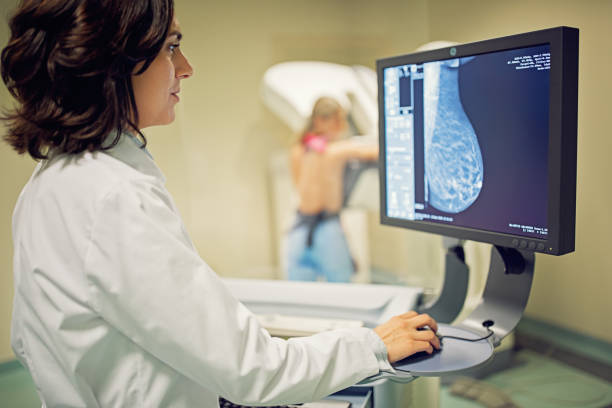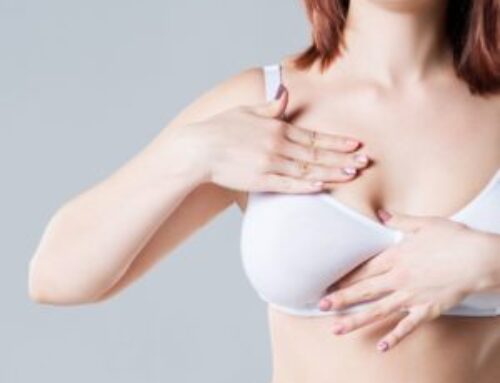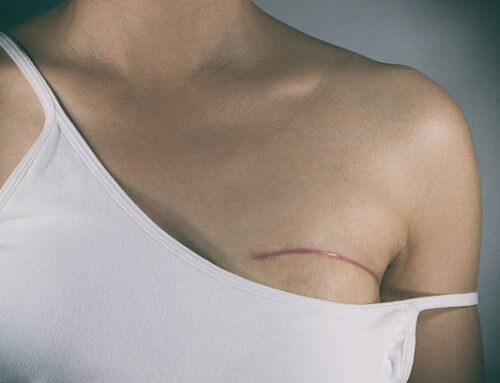Breast screenings are integral to women’s’ health. They provide the critical information that healthcare providers rely on for breast cancer detection. Routine mammograms and other recommended breast screenings can help improve patient outcomes by paving the way for early detection. Here, we discuss the breast screening information all women should know.
What Is Breast Cancer Screening?
Breast cancer screening means checking a woman’s breasts for cancer before there are signs or symptoms of the disease. All women need to be informed by their health care provider about the best screening options for them. When you are told about the benefits and risks of screening and decide with your health care provider whether screening is right for you—and if so, when to have it—this is called informed and shared decision-making.
Although breast cancer screening cannot prevent breast cancer, it can help find breast cancer early, when it is easier to treat. Talk to your doctor about which breast cancer screening tests are right for you, and when you should have them.
What happens at your breast screening appointment
During breast screening you’ll have 4 breast X-rays (mammograms), 2 for each breast.
The mammograms are done by a specialist called a mammographer. The mammographer will be female.
The mammograms only take a few minutes. The whole appointment should take about 30 minutes.
Before starting, the mammographer will check your details with you and ask if you have had any breast problems.
They will also explain what will happen during the screening and answer any questions you have.
Types of Breast Screening
Mammogram
Mammograms by and far account for the largest number of routine breast screenings. This is the test with which most women are familiar. When getting a mammogram, the patient stands in front of the machine. The technologist places the breast onto a clear plastic plate, then lowers a second plate to gently compress tissue for imaging. Tip: Schedule mammograms during the time of the menstrual cycle when breasts are least tender (usually the week after menstruation).
Breast Ultrasound
This screening is not usually performed as the routine test; it is often a follow-up to a mammogram in which an abnormality was detected. For example, women with breast lumps may have an ultrasound to determine more detailed characteristics of the abnormality. Ultrasound works by emitting sound waves through the skin. These bounce off breast tissue, creating an image of the lump and surrounding structures.
Breast MRI
Magnetic Resonance Imaging is advisable for women at higher risk of breast cancer. This screening may also follow a mammogram that has identified breast cancer, with the MRI acting as a staging tool. An MRI achieves highly-detailed, 3D images of the breast.
Other Exams
Clinical Breast Exam
A clinical breast exam is an examination by a doctor or nurse, who uses his or her hands to feel for lumps or other changes.
Breast Self-Awareness
Being familiar with how your breasts look and feel can help you notice symptoms such as lumps, pain, or changes in size that may be of concern. These could include changes found during a breast self-exam. You should report any changes that you notice to your doctor or health care provider.
Having a clinical breast exam or doing a breast self-exam has not been found to lower the risk of dying from breast cancer.

How breast screening is done
Breast screening is usually done by 1 or 2 female mammographers. You can ask them about any questions or concerns you have.
- You’ll need to undress, in a private changing area, so you are naked from the waist up. You may be given a hospital gown to put on.
- You’ll be called into the X-ray room and the mammographer will explain what will happen.
- The mammographer will place your breast onto the X-ray machine. It will be squeezed between 2 pieces of plastic to keep it still while the X-rays are taken. This takes a few seconds and you need to stay still. Your breast will be taken off of the machine afterwards.
- The X-ray machine will then be tilted to one side and the process will be repeated on the side of your breast.
- Your other breast will be X-rayed in the same way.
- You will then return to the changing area to get dressed.
Your results will be sent to you in the post.
Who is a High Risk Patient?
Those who may be considered high risk include patients:
- With a prior history of breast abnormalities or breast cancer.
- With dense breast tissue.
- Who have had breast radiation therapy before age 30.
- Who became pregnant after age 30 or who have not had children.
- Who have never breastfed.
- Who are obese.
- With prolonged estrogen exposure, such as women who began menstruating before age 13 or experienced menopause after age 51.
- Who have undergone prolonged hormone replacement therapy.
- Who have had a previous breast biopsy indicating lobular carcinoma in situ, atypical hyperplasia, or radial scar formation.
Benefits and Risks of Screening
Every screening test has benefits and risks, which is why it’s important to talk to your doctor before getting any screening test, like a mammogram.
Benefit of Screening
The benefit of screening is finding cancer early, when it’s easier to treat.
Risks of Screening
Harms can include false positive test results, when a doctor sees something that looks like cancer but is not. This can lead to more tests, which can be expensive, invasive, time-consuming, and may cause anxiety.
Tests also can lead to overdiagnosis, when doctors find a cancer that would not have gone on to cause symptoms or problems, or even may go away on its own. Treatment of these cancers is called overtreatment. Overtreatment can include treatments recommended for breast cancer, such as surgery or radiation therapy. These can cause unnecessary and unwanted side effects. Other potential harms from breast cancer screening include pain during procedures and radiation exposure from the mammogram test itself. While the amount of radiation in a mammogram is small, there may be risks with having repeated X-rays.
Mammograms may also miss some cancers, called false negative test results, which may delay finding a cancer and getting treatment.




